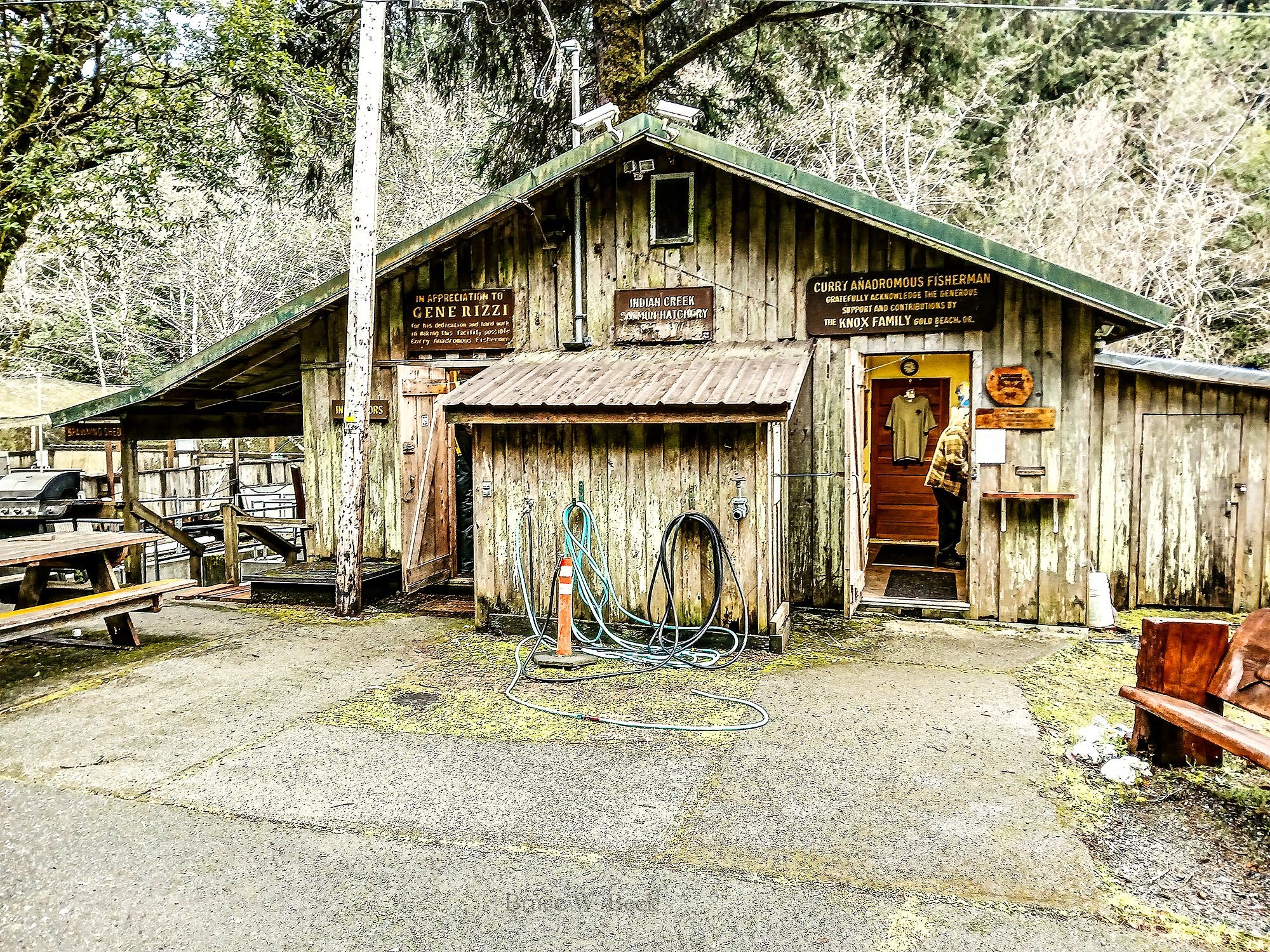
History of Indian Creek Hatchery
Robert Deniston Hume, known as the "Salmon King of Oregon," arrived in Gold Beach in 1877 with a singular mission: to ensure the reproduction of Pacific Coast salmon. His ambition was to "stock the Rogue River to such an extent that a reasonable supply would always be maintained," and his tireless work at Indian Creek helped launch a national program for salmon enhancement that continues today. Hume’s groundbreaking work earned him recognition as a pioneer in hatchery methods, particularly his innovative approach to feeding salmon fry before liberating them, a practice that was later adopted by the U.S. Bureau of Fisheries in 1908.
In January, 1908, the United States Bureau of Fisheries made this announcement: "The Hume Method is Finally Adopted-The plan of feeding salmon fry before liberating them, adopted long years ago by R.D. Hume, will now be employed."
Hume established several experimental hatcheries along the Rogue River, including one at Indian Creek. By 1906, he focused his attention on Indian Creek, where he created what he touted as the coast’s most complete and effective hatchery. His efforts drew national acclaim and solidified the importance of hatcheries in supplementing natural salmon runs. Hume's hatchery at Indian Creek housed millions of fry and was a testament to his dedication to fishery conservation. After running the hatchery for over 30 years, Hume sold the operation to the state of Oregon in 1926.
Following a period of closure in the 1930s, volunteer efforts to restore salmon populations were rekindled in the 1950s with the formation of Salmon Unlimited, which worked with the Oregon Game Department. By the 1970s, the Salmon Trout Enhancement Program (STEP) was gaining momentum, with local volunteers using hatch boxes and mini hatcheries to restore weakened salmon runs.
The Knox family’s involvement at Indian Creek began in the 1980s, starting with hatch boxes at the family’s property. By 1983, they constructed a small hatchery building to raise Fall Chinook salmon, which were stocked in the creek.
In 1985, the group officially formed Curry Anadromous Fishermen (CAF), taking over the hatchery’s operations in 1988. This transition marked a new chapter in the hatchery’s history, with increased community involvement and support.
The hatchery saw major improvements in the 1990s, including the reconstruction of a dam, new raceways, and better incubators, thanks to funding from ODFW and a government grant. In the late 1990s, additional jump pools were placed below the old dam to assist with fish migration.
Today, the Indian Creek Hatchery remains a vital part of local salmon conservation efforts. Through the dedicated work of CAF volunteers and their continued partnership with ODFW, the hatchery releases thousands of smolts each year, supporting the health of salmon populations in the Rogue River and the surrounding estuary.
The following people contributed to this accounting of historical data: Scott Knox, Ray Rediske, Walt Schroeder “They Found Gold On The Beach”, Milt Walker


